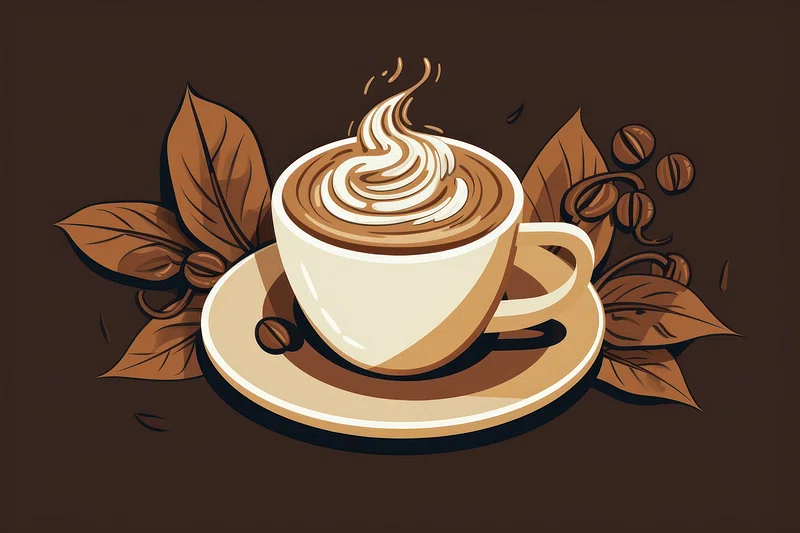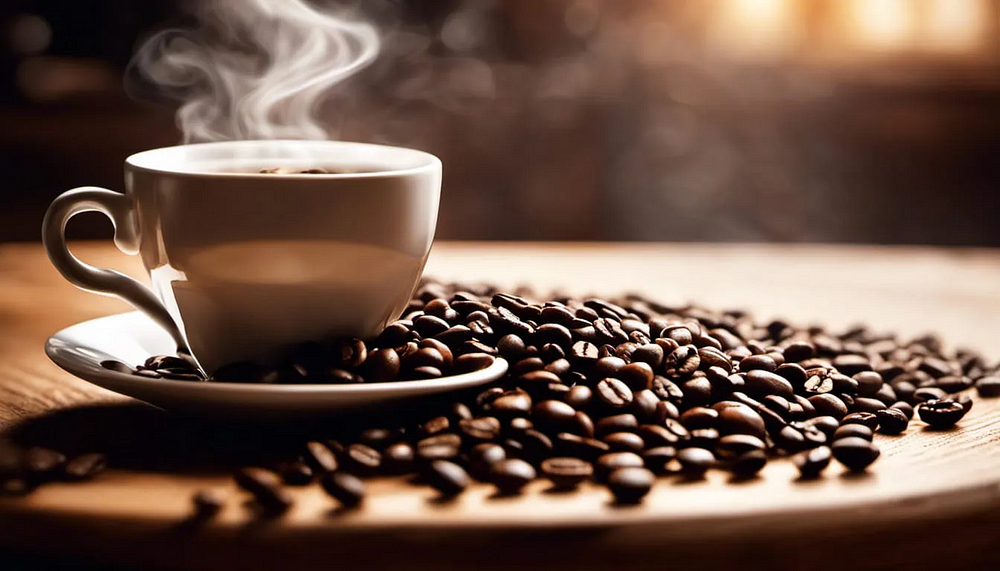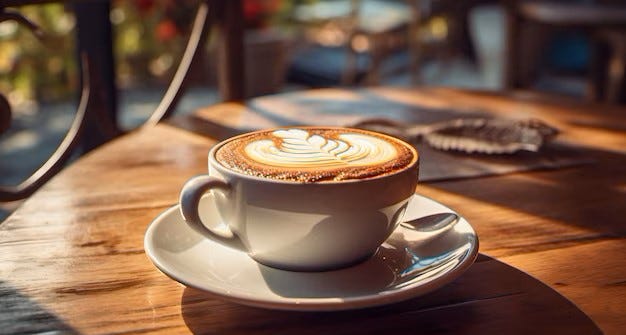- The Common Ground
- Posts
- How Coffee Wakes You Up: Beyond the Brew
How Coffee Wakes You Up: Beyond the Brew
his edition, we’re diving into the science behind that wonderful jolt of energy you feel after your first cup of coffee.
Welcome back to The Common Ground! This edition, we’re diving into the science behind that wonderful jolt of energy you feel after your first cup of coffee. Ever wonder how caffeine works its magic and why you feel more alert and focused? Let’s explore the biology of your daily brew.

What Happens When You Sip Coffee?
When you take your first sip, caffeine quickly enters your bloodstream and makes its way to your brain. Here’s where the magic happens: in your brain, a chemical called adenosine naturally builds up throughout the day, making you feel tired. Caffeine works by blocking adenosine from binding to its receptors, preventing you from feeling sluggish and tired.
At the same time, caffeine encourages the release of other chemicals like dopamine and norepinephrine, which improve your mood, increase alertness, and enhance focus. It’s like flipping a mental “on” switch, giving you the boost you need to power through your morning or overcome that afternoon slump.

The Optimal Caffeine Boost
So how much caffeine is enough? Experts suggest that 200–400 milligrams of caffeine per day is safe for most adults, which is roughly 2–4 cups of coffee. Any more than that, and you might start to experience some side effects, like jitters, increased heart rate, or even trouble sleeping later in the day.
If you’re looking for a more gradual energy boost, try spreading your coffee intake throughout the day. Instead of one large cup in the morning, have smaller cups every few hours to keep your energy levels steady. This can help avoid the dreaded caffeine crash that sometimes comes in the late afternoon.
Can You Build a Tolerance?
Yes, but don’t worry — it’s not permanent. Over time, regular coffee drinkers can build up a tolerance to caffeine, meaning they need more of it to get the same stimulating effects. However, cutting back for a few days can reset your tolerance. This is why some people cycle their caffeine intake, drinking less for a short period before returning to their normal routine to feel the full benefits again.

The Sustainable Sip: Decaf — Friend or Foe?
Decaf coffee often gets a bad reputation, but it’s come a long way in recent years. New methods for decaffeination preserve the flavor of the coffee while removing most of the caffeine. Decaf is also a more eco-friendly choice for those who still love the taste of coffee but don’t want the caffeine. Sustainable practices, like the Swiss Water Process, use only water to decaffeinate the beans, reducing the need for chemicals in the process.
If you love coffee for its flavor but want to reduce your caffeine intake, decaf could be the perfect compromise. Plus, it’s a great option for that late-night cup when you’re craving the rich taste without the buzz.
Brewer’s Choice: Cold Brew
This week’s brewing method highlight is Cold Brew. If you’re looking for a smooth, low-acid coffee with a subtle caffeine kick, cold brew is your go-to. Steep coarsely ground beans in cold water for 12–24 hours, then strain and serve over ice. The slow extraction process brings out a rich, mellow flavor without the bitterness that can sometimes accompany hot-brewed coffee.
For an extra refreshing twist, try adding a splash of milk or your favorite plant-based alternative!

Wrapping It Up
Now that you understand how coffee and caffeine work their magic, you can appreciate that morning cup even more. Whether you’re chasing the perfect buzz or simply savoring the flavor, coffee has a special way of fueling both body and mind.
Thank you for tuning into this week’s edition of The Common Ground! Be sure to share with your coffee-loving friends, and until next time — stay caffeinated, stay curious!
Sign up for our newsletter: https://thecommonground.beehiiv.com/subscribe
Follow our blog: https://medium.com/@thecommonground
Reply